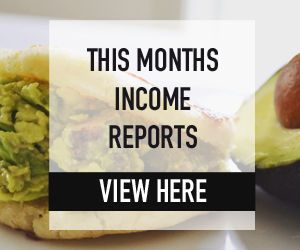What is Pico y Placa?
Pico y Placa, which translates to “Rush hour and license plate”, is a traffic restriction policy implemented in several cities in Colombia, including Bogotá, Cali, and Medellín. It aims to reduce congestion and improve air quality by restricting the number of vehicles that can circulate during peak hours based on the last digit of their license plate number.
How does Pico y Placa work?
The Pico y Placa policy divides vehicles into two categories: even and odd. On designated days, vehicles with an even-numbered license plate can only circulate during certain hours, while odd-numbered vehicles can only circulate on other days. The restrictions apply during peak hours, which vary between cities but typically fall between 6:00 am to 8:00 am and 4:00 pm to 7:00 pm.
Why was Pico y Placa implemented?
The Pico y Placa policy was first introduced in 1998 as a solution to the increasing traffic congestion and air pollution in major cities in Colombia. As the number of vehicles on the road continued to rise, the government saw the need to implement measures to reduce the negative impact on the environment and improve the quality of life for its citizens.
Who is affected by Pico y Placa?
Anyone who owns a vehicle and drives in cities with Pico y Placa restrictions is affected by this policy. This includes residents, tourists, and commuters who use their personal vehicles or public transportation.
How to check if your vehicle is affected by Pico y Placa?
The Pico y Placa restrictions apply to all types of vehicles, including cars, motorcycles, and trucks. To check if your vehicle is affected, you can go to the official website of the city you are visiting or residing in. Alternatively, you can also download a Pico y Placa app, which will provide you with real-time information on the restrictions and even send you notifications when your vehicle is not allowed to circulate.
What are the consequences of not complying with Pico y Placa?
Violating the Pico y Placa restrictions can result in fines and even towing of the vehicle. The penalties may vary between cities, but they can range from a monetary fine to the revocation of your driver’s license. It is essential to follow the restrictions to avoid any legal consequences.
Can you get an exemption from Pico y Placa?
In some cases, individuals or companies can request an exemption from Pico y Placa. These exemptions are usually granted to emergency vehicles, public transportation, and vehicles used for essential services. However, each city has its own criteria for granting exemptions, so it is best to check with the local authorities.
Other ways people asked this question
- What are the peak hours for Pico y Placa in Colombia?
- How long has Pico y Placa been in effect in Colombia?
- Are there any exceptions to the Pico y Placa restrictions?
- What are the consequences of violating Pico y Placa?
- Can tourists rent vehicles with Pico y Placa restrictions?














